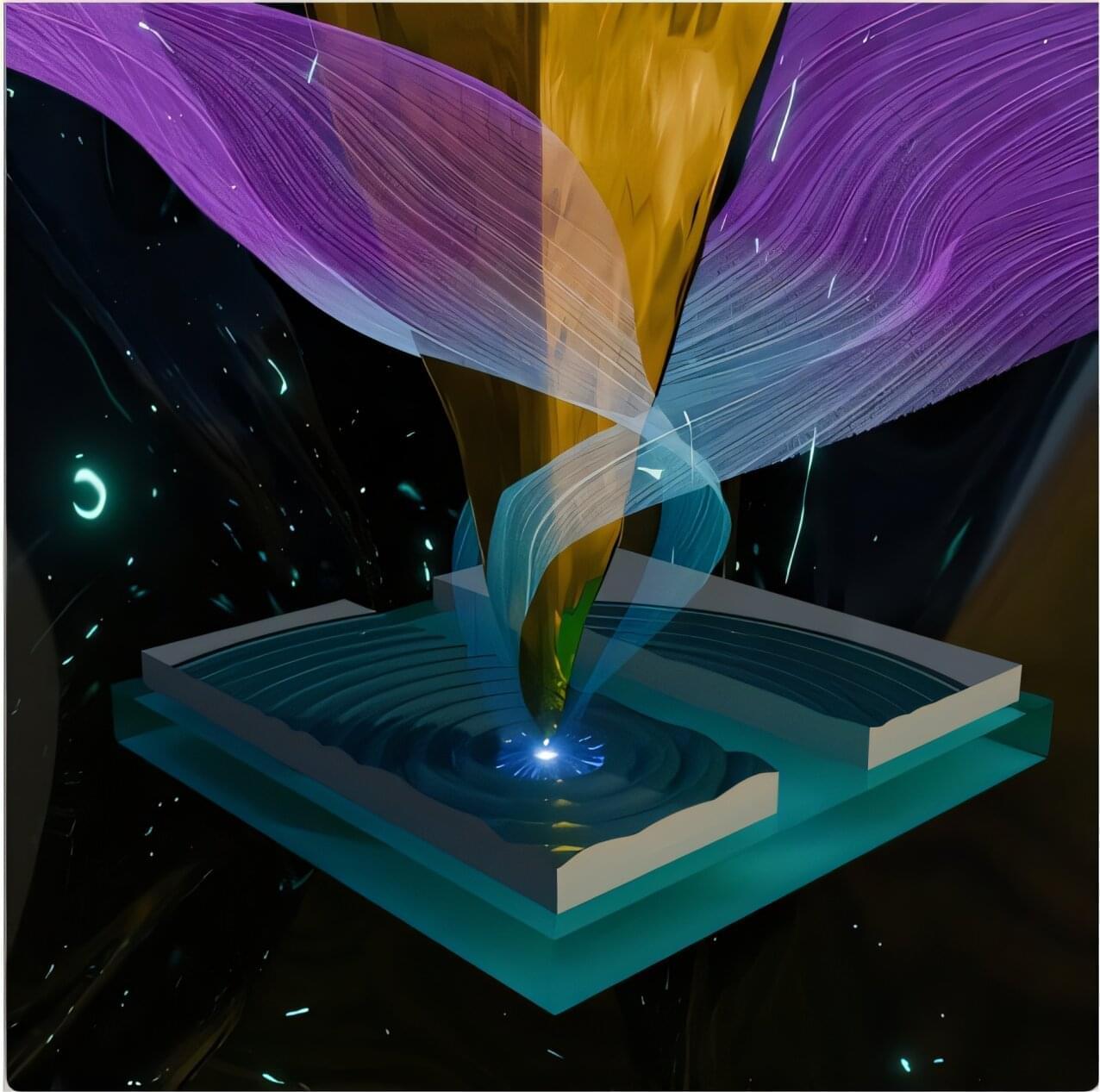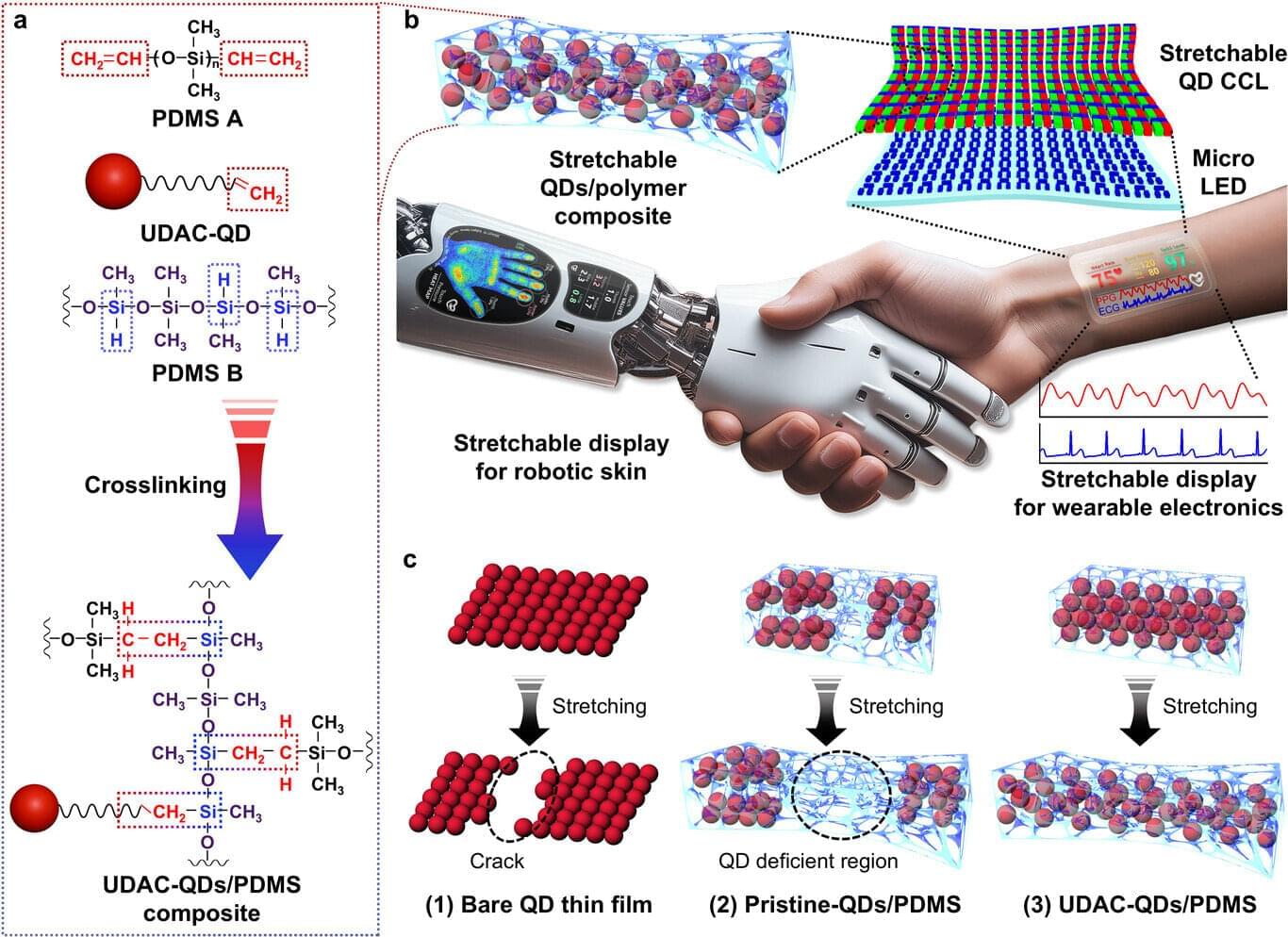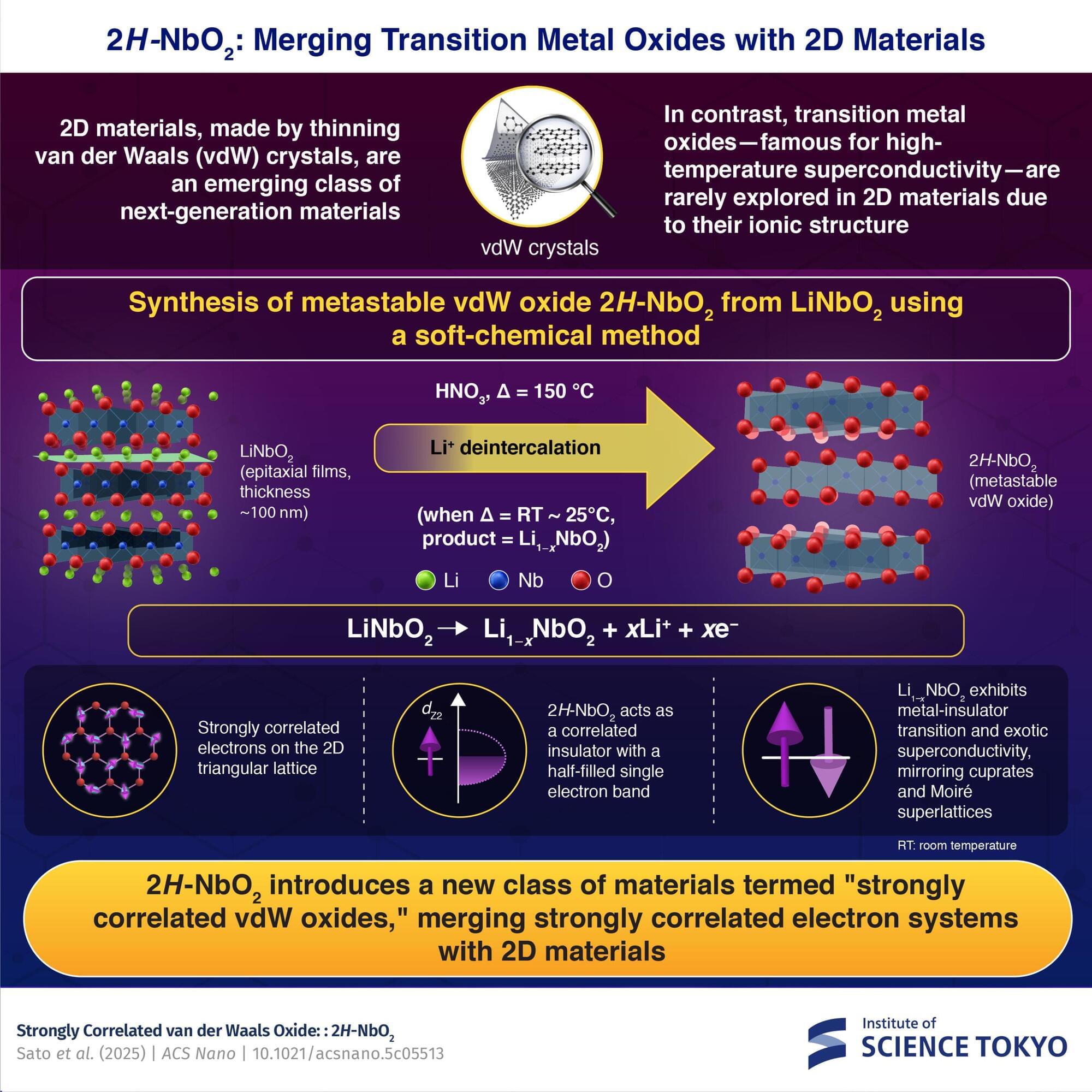“An equation, perhaps no more than one inch long, that would allow us to, quote, ‘Read the mind of God.’”
Up next, Michio Kaku: The Universe in a Nutshell (Full Presentation) ► • Michio Kaku: The Universe in a Nutshell (F…
What if everything we know about computing is on the verge of collapsing? Physicist Michio Kaku explores the next wave that could render traditional tech obsolete: Quantum computing.
Quantum computers, Kaku argues, could unlock the secrets of life itself: and could allow us to finally advance Albert Einstein’s quest for a theory of everything.
00:00:00 Quantum computing and Michio’s book Quantum Supremacy00:01:19 Einstein’s unfinished theory.
00:03:45 String theory as the \.







